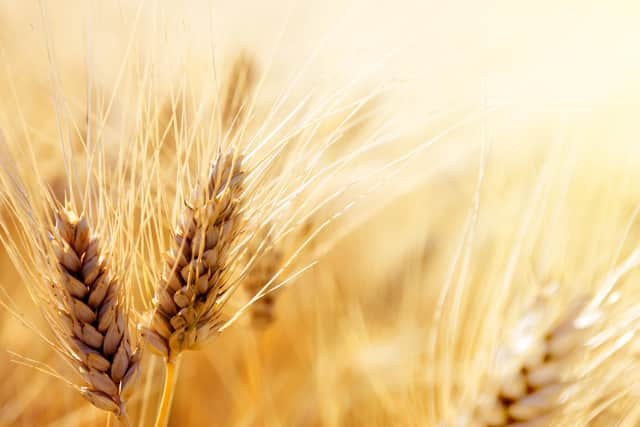The impact of agflation must not be under estimated by farmers
and live on Freeview channel 276
Agflation is the impact of all input costs and services incurred by a farming business, relative to the returns received at the farm gate.
Michael Haverty, a partner and senior research consultant with the Andersons’ Centre, explained.
Advertisement
Advertisement
“The cost of farming squeeze continues. Dairy is a crucially important sector within Northern Ireland’s economy as a whole. The outlook points to farmgate milk prices taking a fall over the coming months.


“Farmers throughout the UK are also looking at the prospect of large tax bills to pay on the back of a very successful year.
“This is money that will be coming out directly of their bank accounts.”
Haverty’s comments coincided with the release of the latest Anderson’s agflation figures, which confirm the economic pressures that continue to impact on agriculture across the UK.
Advertisement
Advertisement
In overall terms, agricultural inputs’ inflation (Agflation) continues to outpace general economic inflation (CPI) as well as agricultural outputs and food prices (denoted by CPI Food).
The latest estimates put Agflation at 18.7% annually, significantly ahead of agricultural outputs (11.1%).
Although the CPI and CPI Food indices continue to rise, currently standing at 10.5% and 16.8% respectively, there is still a gap between the food price inflation that consumers face and the increased input costs that farmers must manage.
As a consequence, agriculture across the UK continues to experience a cost of farming squeeze.
Advertisement
Advertisement
Although agflation remains higher than food prices, it is declining. In July 2022, it peaked at 26.3%.
That said, throughout 2022, agricultural input cost inflation generally surpassed price rises for agricultural outputs.
The only exception came in October and November when both indices were aligned.
Turn to page 9
During December and January, the agricultural outputs’ inflation rate has more than halved, declining from 22.9% in October to 11.1% today. It is now 7.6 percentage points lower than agricultural inputs’ inflation.
Advertisement
Advertisement
This signifies a challenging period ahead for farmers as the gap between input cost rises on the one hand and output prices on the other continues to widen.
Global Dairy Trade (DGT) auction prices, taken as a proxy for global milk prices, have declined by 6% in the past month. Feed wheat prices (£213/t) are also down by 6% versus December and are returning to levels seen this time last year when prices stood at £210/t. The implications of these trends will require careful consideration by farmers.
Whilst general economic inflation looks to have peaked and several commentators are forecasting that the inflation rate will decline significantly during 2023, food prices continue to rise.
This should not come as a surprise at this juncture because there tends to be a lag between the rates of inflation for agricultural commodities (inputs and outputs) and the inflation rate for food prices.
Advertisement
Advertisement
In the past year or so, this has been in the region of six months. With agricultural inflation peaking in July, one would anticipate that the CPI Food index will also peak shortly, if it has not already done so.